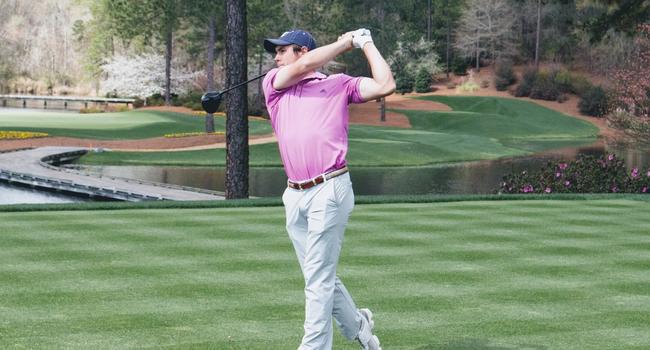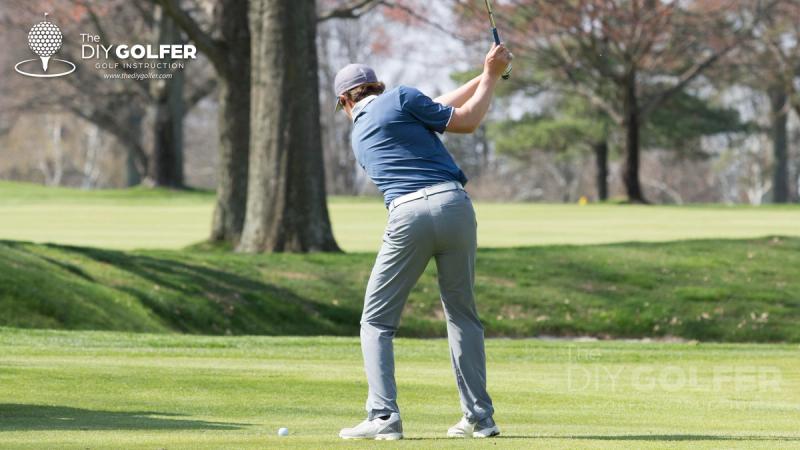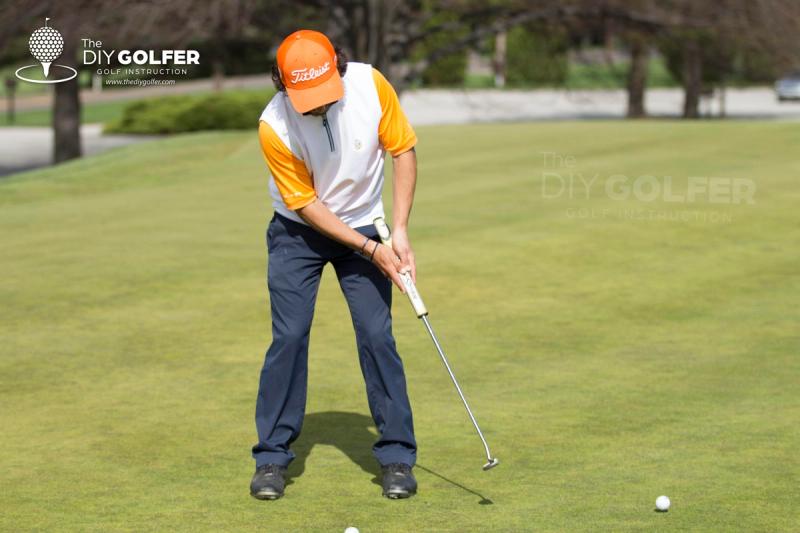Table of Contents

Last updated Nov 09, 2023
What Wedges Do I Need in Golf? A Buyer's Guide
Everything you need to know before purchasing and building a set of wedges. Learn about effective lofts, bounce, and different wedge grinds.


Written By: Zach Gollwitzer
Posted in: Golf Wedges
In 2014, I had the privilege to follow some of the best golfers in the world at the AT&T Pebble Beach National Pro-Am. For those of you who haven’t been to Pebble, the greens are about the size of a penny.
As expected, many of the golfers I watched had no problem getting around the course, including the young rookie Jordan Spieth.
Jordan shot a bogey free 69 that day, and I followed him through his entire round. I don’t think he missed a tee shot the entire round, but he struggled to hit a few of the greens. How did he shoot a bogey free 69?
Well, he got the ball up and down, and took advantage of the par 5’s. If you have any experience with golf, you know that getting the ball up and down requires good wedge play. His distance control with the wedges was on point all day, as all three birdies were made from inside 100 yards.
So how does he do it?
Aside from the thousands of hours he has spent around the practice green, Spieth has a very specific composition of wedges in his bag. As of the 2015 WGC HSBC Champions, Spieth is carrying the following wedges in his bag:
| Loft | Bounce | Grind (another word for "depth" as described later) |
|---|---|---|
| 46 | 08 | F grind |
| 52 | 08 | F grind |
| 56 | 10 | S grind |
| 60 | 04 | L grind |
As you can see, Spieth is one of those players with four wedges in the bag, and with varying lofts, bounces, and grinds. Once you understand and learn how to apply these three elements, buying a set of wedges won’t be quite as intimidating.
Loft
Let us start with the loft. For most players, this is going to be the only factor that you've ever considered when buying a wedge.
We all want to have that 64 degree wedge like Phil Mickelson, but never really understand that the gaps are more important than the lofts.
In Spieth’s set, he has gaps of 6 degrees, 4 degrees, and 4 degrees going from the pitching wedge to the lob wedge.
The gap is the difference in loft between wedges. There are many options for you when building your wedge set, but optimally, you will want to carry four wedges, which will allow you to cover your yardage gaps, and also be able to play shots from various lies around the green.
There are just a few major factors that you must consider when purchasing your wedges:
- Make sure to get your wedges checked at the golf store before purchasing them (believe it or not, stock wedges in golf stores can be off by as many as 3 degrees!!)
- Don't buy your wedges purely based on the loft (see next section on "bounce")
- Mind your gaps - Consider the rest of your iron set. It wouldn't be a good idea to have a 42 degree 9 iron and a 50 degree PW! Remember, golf companies want you to hit the ball further, so they build their iron sets accordingly. It isn't rare to see a PW playing at a loft of 45 degrees these days! This is okay as long as you take it into consideration. If you need an example of a set of clubs with proper gaps, here is the excel file that I made for my own golf clubs.
Bounce
The next factor that should be considered is bounce.
If you are like my former self, you are thoroughly confused what I am talking about right now. Why should I (as an amateur golfer) care anything about the bounce on my wedges??
For starters, what if I told you that roughly 80% of your current handicap is a direct result of how well you play inside 100 yards?
Over decades of logging data and researching, Dave Pelz (the most famous short game guru alive today) came to this statistic, and I think we should take note! I'm not saying to abandon the long game (I personally think that having a decent long game is essential to enjoying golf), but I'm saying that you should intentionally CHOOSE to understand the short game a little bit better.
So what is bounce?
I'm going to try and describe this in the simplest way possible.
Definition/Purpose of bounce- the amount of bounce describes how fast and how much the wedge repels off the playing surface when it comes into contact with it. This can be advantageous in situations where the turf/sand is fluffy because it prevents the club from digging deep into the surface and slowing the club down. It can also be disadvantageous if you are using a high bounce club on tight turf, because the club will repel off the hard ground right into the middle of the golf ball (yeah, that's the shot that ends up on the other side of the green).
How it Works (2 components)- Bounce is the distance that the leading edge of your club sits above the ground when the club face is perfectly square to the target (see photo below)
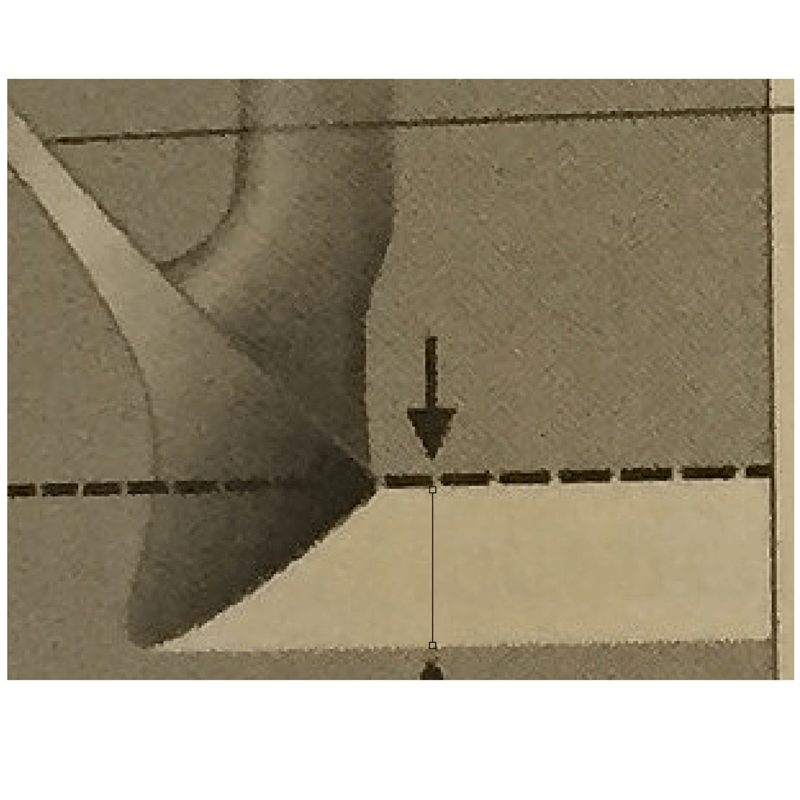
But this measurement is only the beginning. The bounce on wedges also varies by the depth of the bounce:
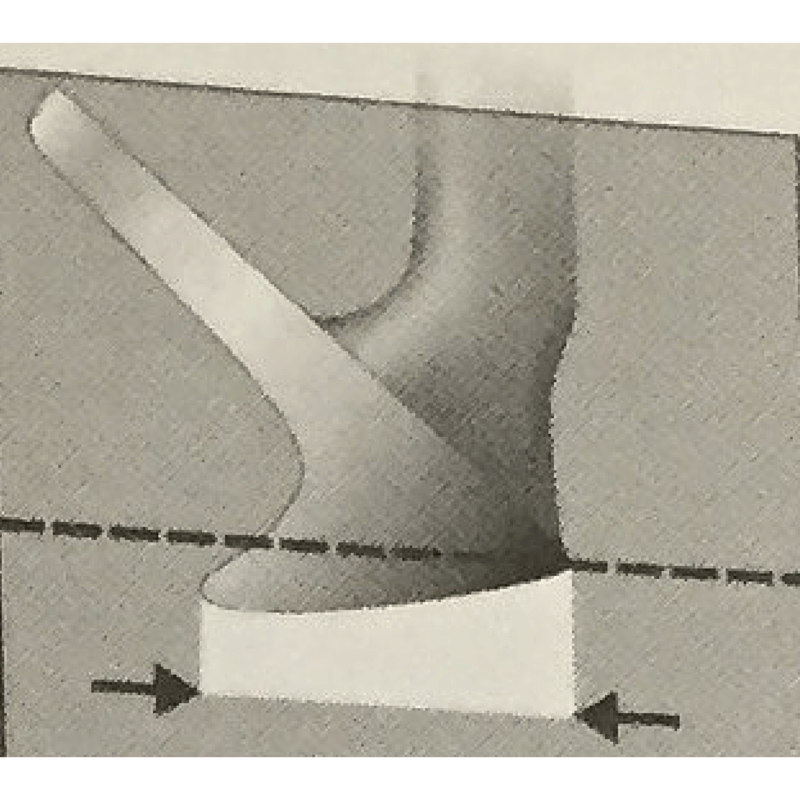
The depth of the bounce determines how high the leading edge sits above the ground when the club-face is opened (for example, when playing out of the sand).
Combining the factors- Now that you understand what bounce is, and the two components that determine the bounce, you must apply it.
In order to have a diversified set of wedges, you need not only have different lofts, but different bounces AND depth of bounces. As we saw in Jordan's set, he had bounces ranging from 4 degrees (his lob wedge - 60) all the way to 10 degrees (his sand wedge - 56).
There are hundreds of combinations that you could go with, but I want to provide you with some guidelines for choosing the bounce on your wedges (note that I am using more modern lofts - the old standard for a pitching wedge was as much as 51 degrees!):
- The sand wedge (54-56 degrees) should have the most bounce, and the deepest bounce. Use this club out of fluffy sand, deep rough, soft dirt, and any other lie that it is near impossible to make crisp contact on.
- The lob wedge (58-60 degrees) should have the least bounce, and the narrowest bounce. Use this club for chipping/pitching off hard and tight fairways, compacted bunkers, and even cart paths like Phil demonstrates in this video!
- The "gap" wedge (50-52 degrees) should have a low bounce, and medium depth.
- The pitching wedge (46-48 degrees) should also have a low bounce and narrow to medium depth.
Overall, I believe that the sand wedge and the lob wedge are the most important wedges to get the bounce right on, because they will be used most frequently around the greens.
Last thing about bounce- If you regularly play on tight turf, or regularly play on soft turf, match your wedge bounces to these conditions.
If you play in the North where the ground is often soft and lush, it might be smart to carry a sand wedge with 12 degrees of bounce, and a lob wedge with 8 degrees of bounce (keep the recommended depths the same still).
If you play in Texas where there is lots of hardpan and tight lies, you might carry a sand wedge with 10 degrees of bounce, and a lob wedge of 4 degrees of bounce (again, keep the depths the same).
Grind
Don't be confused by this ambiguous term! It is merely describing the depth of the bounce as described earlier.
Wedge manufacturers often get creative with this, so in order to find what works for you, it is important to experiment around a little bit.
Check this page on Hopkins golf out. It describes the capabilities of their different grinds. Notice how each description notes how the wedge plays when squared AND when opened. This is just describing the bounce (squared) and the depth (opened).
Shafts
I debated whether I should include a section about wedge shafts, but decided that it was worthy enough to include, considering I play custom wedge shafts.
There are just a few things that you need to know about wedge shafts.
First, you don't need to match the flex of your wedge shafts to those of your irons or woods. If used properly, wedges are not going to be swung at 100%. I play Dynamic Gold S400 shafts in my wedges, which are weaker than the x100's I play in my irons. The reason for this is so I can throttle down, and still get a good ball flight.
Conclusion
I have covered quite a lot in this post, so if you have questions, feel free to ask in the comment section below!
Also, if you'd like more information on this topic, I suggest reading pages 301-324 from Dave Pelz's Short Game Bible. It is extremely descriptive and in my opinion a must read!
